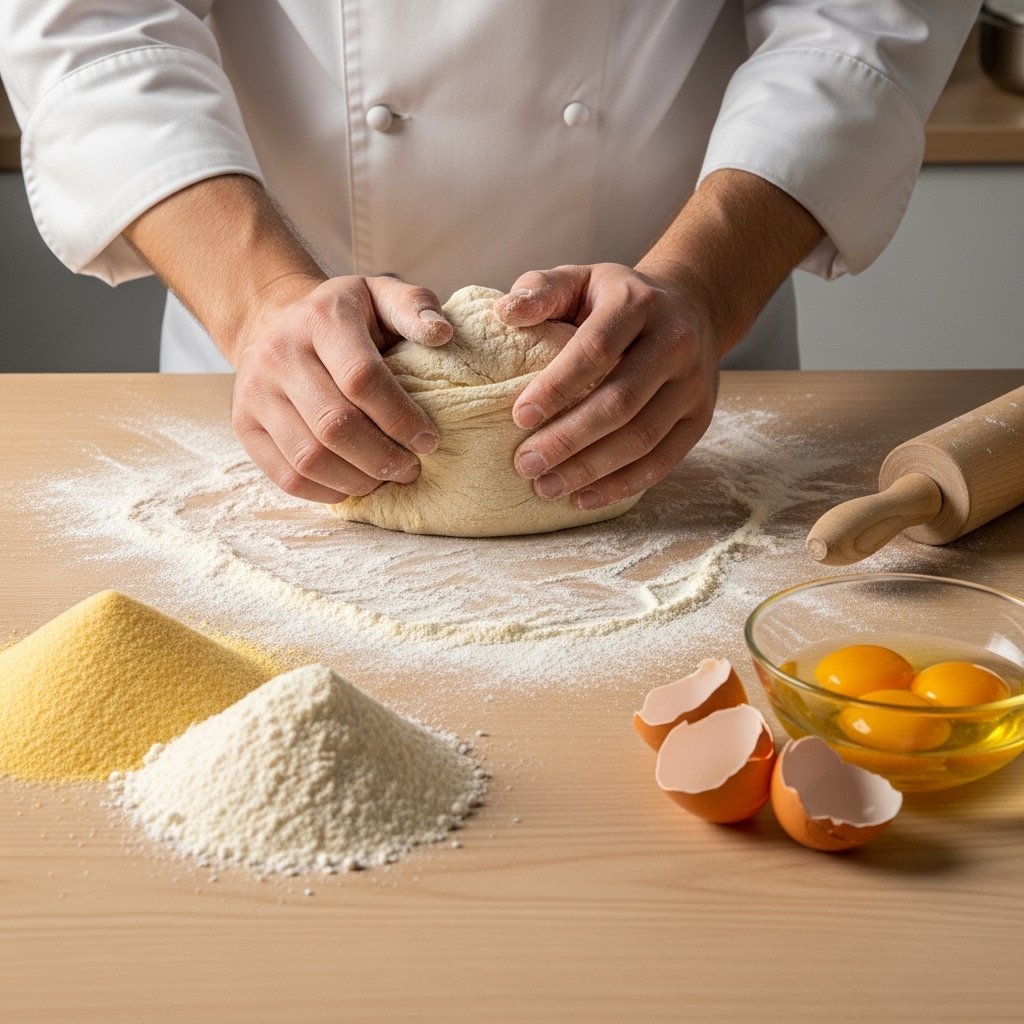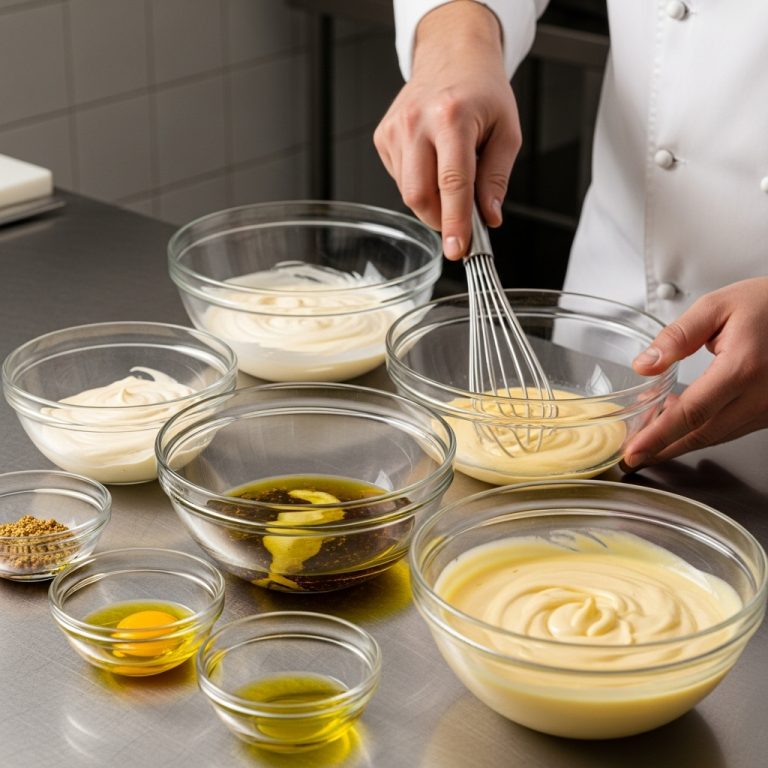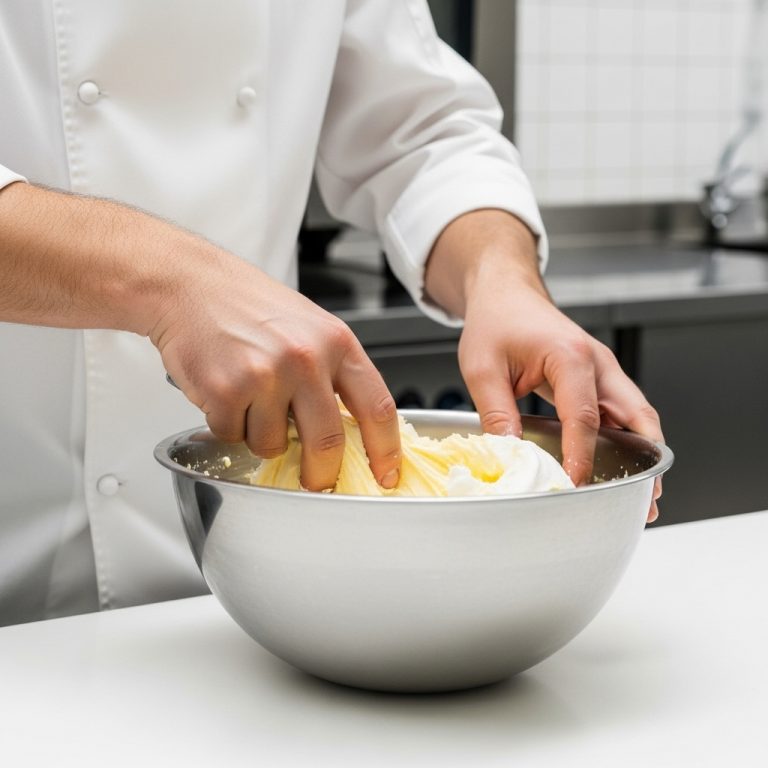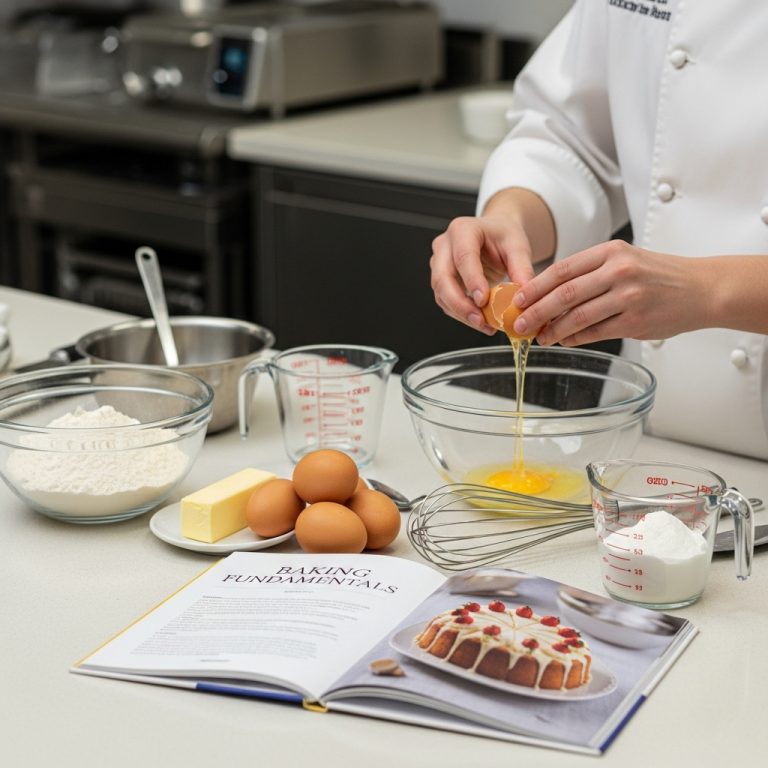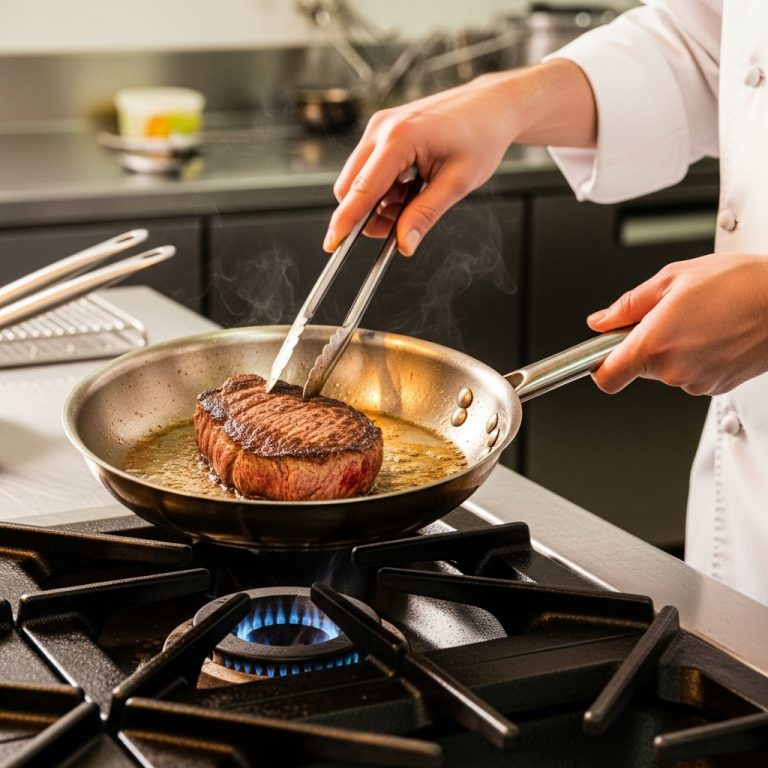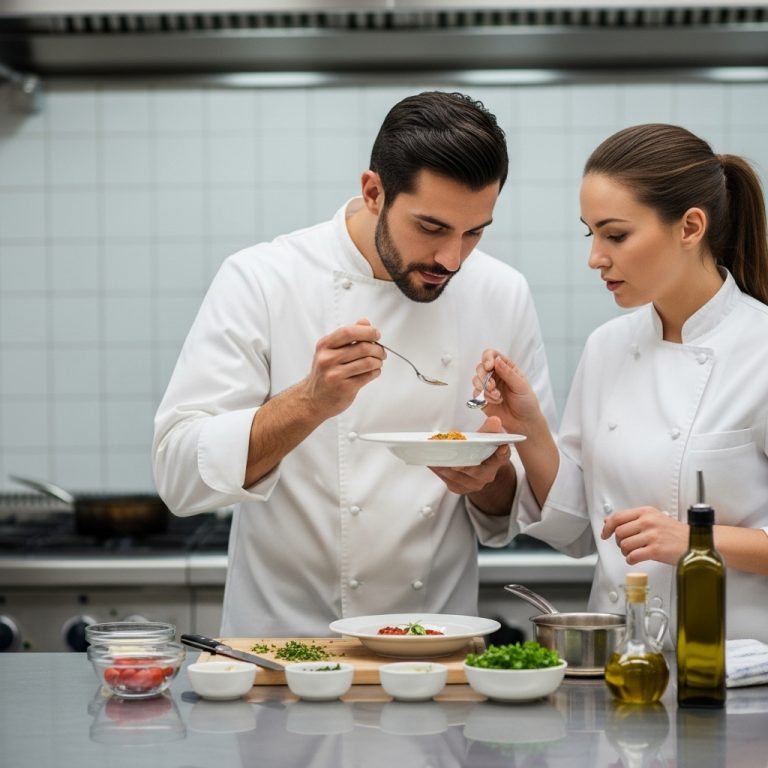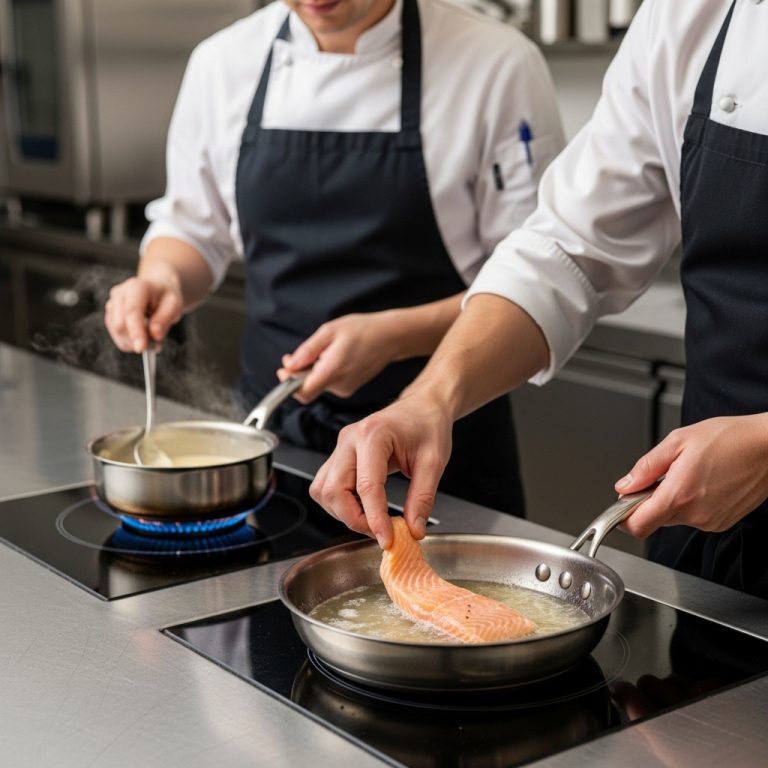Perfect Pasta From Scratch
Lesson Title: Perfect Pasta From Scratch
Objective: In this lesson, you will learn how to make homemade pasta from scratch with an emphasis on technique and consistency. You will gain confidence in creating the perfect pasta dough, shaping different types of pasta, and understanding how to cook it for the best results.
Core Concept: The core concept of this lesson is to master the art of making homemade pasta from scratch by understanding the ingredients, technique, and various shapes and types of pasta. This will allow you to create delicious, authentic Italian cuisine at home.
Tools & Setup: To begin with, gather the following tools and ingredients:
Tools:
1. Large mixing bowl
2. Rolling pin or pasta machine
3. Kitchen scale (optional but recommended)
4. Plastic wrap or clean kitchen towel
5. Sharp knife or pizza cutter
6. Pot for boiling water
7. Colander
8. Tongs or spider tool
Ingredients:
1. 200g all-purpose flour (preferably Italian “00” flour)
2. 2 large eggs
3. 1/4 tsp salt
Step-by-Step Practical:
1. Prepare your workstation by cleaning and clearing a suitable surface, such as a kitchen countertop or table. Lay out the tools needed for this lesson.
2. In a large mixing bowl, crack the eggs and add a pinch of salt. Using a fork, whisk the eggs until well combined.
3. Add the flour to the egg mixture, making sure to measure it using a kitchen scale if possible. Gradually mix the flour into the eggs with a wooden spoon or your hands, until a rough dough begins to form.
4. Once the dough starts to come together, use your hands to knead the dough until it forms a smooth ball. This may take 5-10 minutes. If the dough is too sticky, add more flour; if it’s too dry, add a little water. The goal is a soft and pliable dough that’s easy to handle.
5. Wrap the dough in plastic wrap or use a clean kitchen towel to cover it while allowing it to rest for 30 minutes. This allows the gluten to relax, making it easier to work with during shaping.
6. After resting, divide the dough into smaller portions if using a rolling pin. If using a pasta machine, set up the machine according to the manufacturer’s instructions.
7. Roll out the dough as thinly as possible, either by hand with a rolling pin or using the pasta machine. If using the machine, start at the highest thickness setting and gradually reduce until you reach your desired thickness.
8. Once the dough is rolled out, choose your preferred pasta shape. Traditional shapes include fettuccine, spaghetti, pappardelle, or ravioli. Use a sharp knife or pizza cutter to cut the dough into the desired shape and size. For filled pastas like ravioli, be sure to prepare fillings separately beforehand.
9. If not cooking immediately, allow fresh pasta to air dry on a clean kitchen towel or parchment paper for 15-30 minutes. Alternatively, you can freeze the shaped pasta on a tray lined with parchment paper and then transfer it to a freezer bag once frozen.
10. To cook the pasta, bring a large pot of salted water to a rolling boil. Carefully add the fresh pasta and cook for 2-4 minutes or until al dente. Frozen pasta may take slightly longer. Use a tongs or spider tool to remove the cooked pasta and transfer it directly to your sauce or serving dish.
Culinary Science Insight: The secret to perfect pasta is in the dough’s consistency, which relies on a proper balance of eggs and flour. Eggs provide structure and flavor, while the flour contributes to the dough’s elasticity and ability to hold its shape. When combined with the right amount of water or additional egg, you achieve a pasta dough that is both delicate and sturdy, resulting in perfectly cooked pasta every time.
Pro Tips & Variations: Feel free to experiment with different types of flour, such as whole wheat or semolina, for unique textures and flavors. Additionally, you can add herbs, spices, or even vegetables to the dough for a flavorful twist on traditional pasta. Remember that practice makes perfect, so don’t be discouraged if your first few attempts aren’t perfect – with time and patience, you’ll master the art of homemade pasta.
Homework / Practice: For this week’s homework, try making homemade pasta using different shapes and types of dough to broaden your skills. Consider incorporating fresh herbs, spices, or vegetables into your dough for a unique flavor profile.
Reflection: After completing this lesson, reflect on the process of making homemade pasta from scratch and consider how you can apply these techniques in your future culinary endeavors. What aspects of this lesson did you find challenging or particularly enjoyable? How might you improve your pasta-making skills in the future? Share your thoughts with a fellow student or instructor for additional feedback and inspiration.

